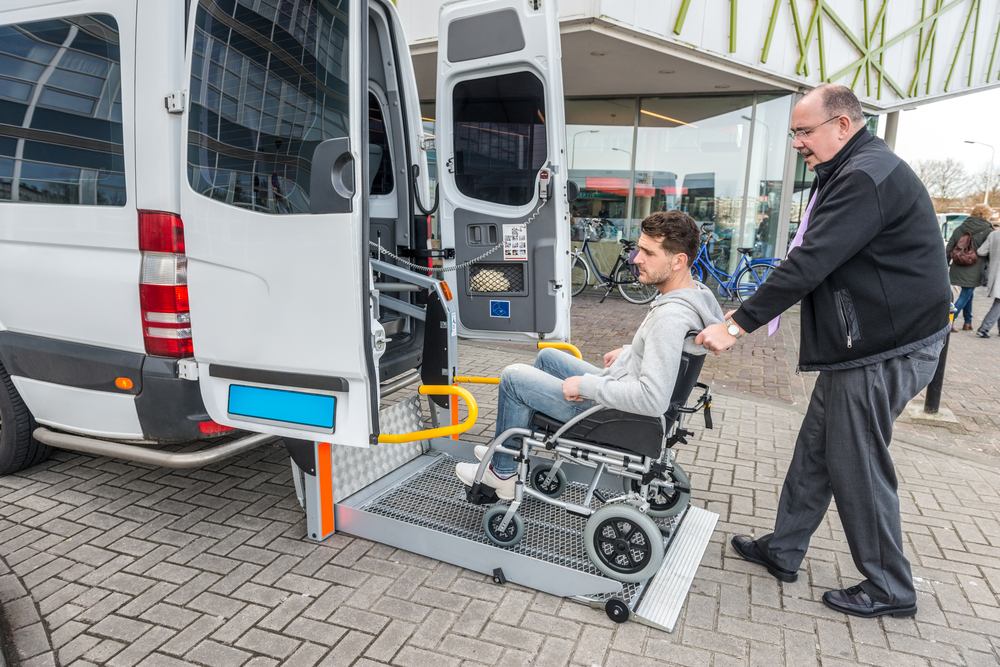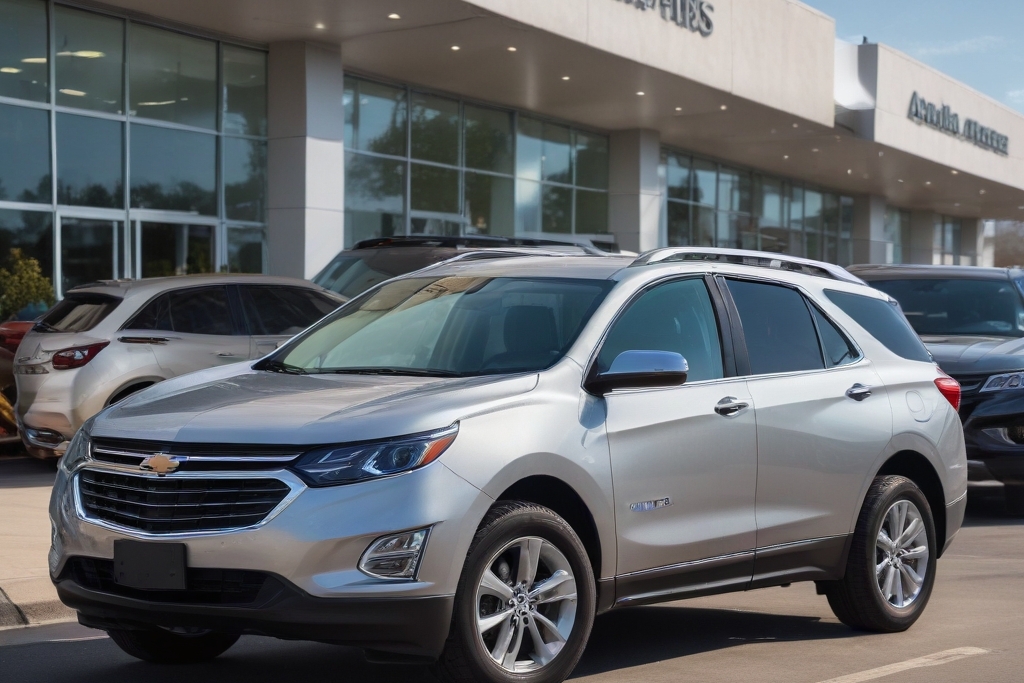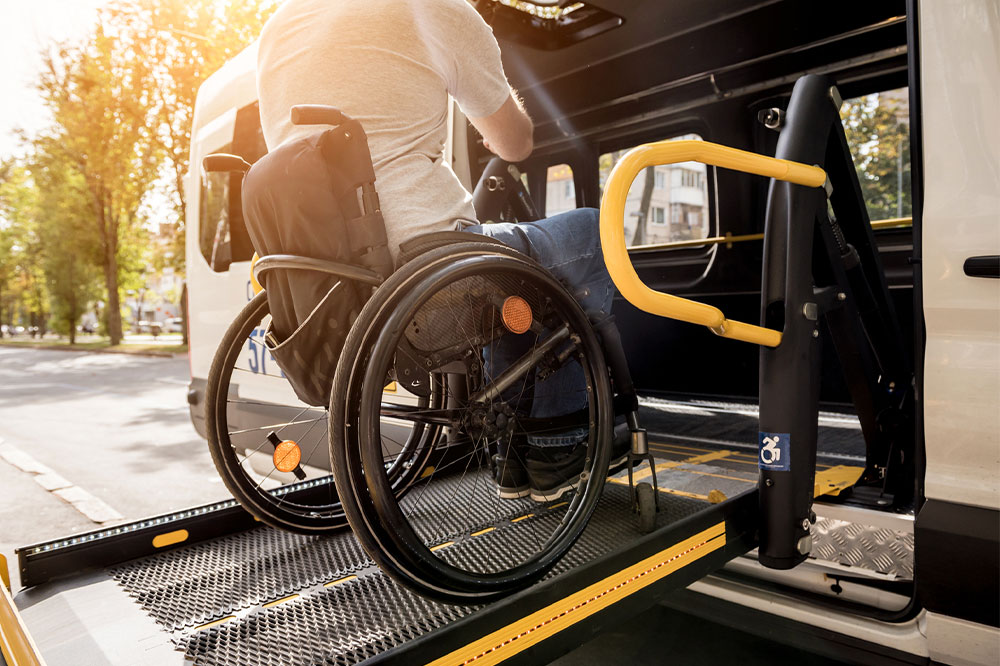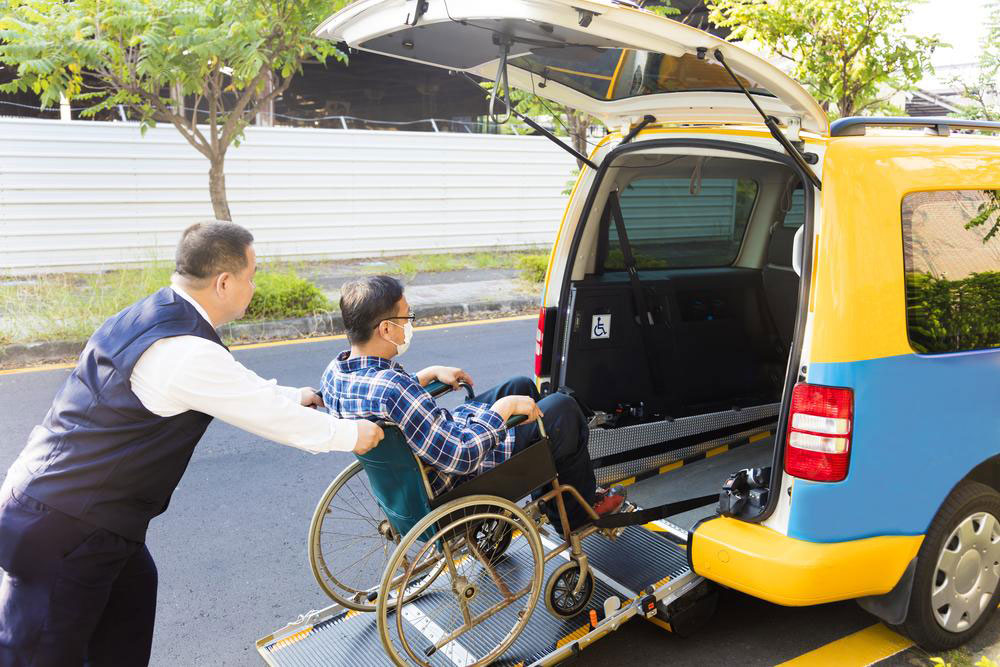Essential Guide to Purchasing a Used Accessible Van
This comprehensive guide provides essential tips for purchasing a used accessible van, including considerations for driver needs, passenger requirements, parking, additional features, and budget. It emphasizes safety standards and practical advice, helping buyers make informed decisions to find the best pre-owned mobility vehicle suited to their needs.
Sponsored

Accessible vans offer vital mobility support for individuals with disabilities. Buying a brand-new wheelchair van can be costly due to special modifications and accessibility features. For budget-conscious buyers, used wheelchair vans are a practical alternative. It’s crucial to assess the user’s current and future needs, including wheelchair dimensions and possible changes. Proper planning ensures the vehicle will serve its purpose for years to come. Here are key tips to help you select the right pre-owned accessible van tailored to your requirements.
Who will operate the van?
Most accessible vans are designed primarily for passengers and don’t accommodate wheelchair users as drivers. If a wheelchair user intends to drive, consulting a Professional Driver Rehabilitation Specialist is essential for proper training and advice. Decide whether the driver will transfer to the standard driver’s seat or wheel from their wheelchair. This choice impacts the van’s interior setup and accessibility features.
What are the user’s height and weight?
Accurately measuring the wheelchair user’s height and weight, along with the dimensions of the wheelchair and any assistive devices, is vital. These measurements ensure comfortable seating and easy access. Key measurements include head height from the seated position, wheelchair width and wheel size, total weight, and length including footrests and mounted accessories. These details help determine the best fit for safety and comfort.
How many passengers will use the van?
Knowing the number of users helps in selecting a van with adequate seating. For single users with a caregiver, minimal seating is needed. Families or groups require additional seats, so plan accordingly to ensure everyone’s comfort while maintaining accessibility.
Where will the van be parked?
Different types of used accessible vans include rear entry and side entry models, some equipped with in-floor ramps and others with fold-out ramps. Parking space requirements vary; side-entry vans may not fit in narrow garages. Check your parking area’s spatial constraints before purchasing to avoid accessibility issues.
Any additional features you desire?
You might want extras like advanced navigation systems, removable seating, backup cameras, or power sliding doors to enhance convenience. These features can significantly improve driving and traveling experience, especially if an adaptive driver will operate the van.
What is your budget?
Budget considerations are crucial for many buyers. Important questions include: What is your maximum spending limit? Are financing options or lease plans available? Can you access any grants or assistance programs? Also, inquire if the dealer offers favorable interest rates or flexible payment plans. Ensuring your selected van adheres to safety regulations, such as crashworthiness standards set by NHTSA, is essential. Always request crash test ratings for front, side, and rear impacts before finalizing your purchase.





